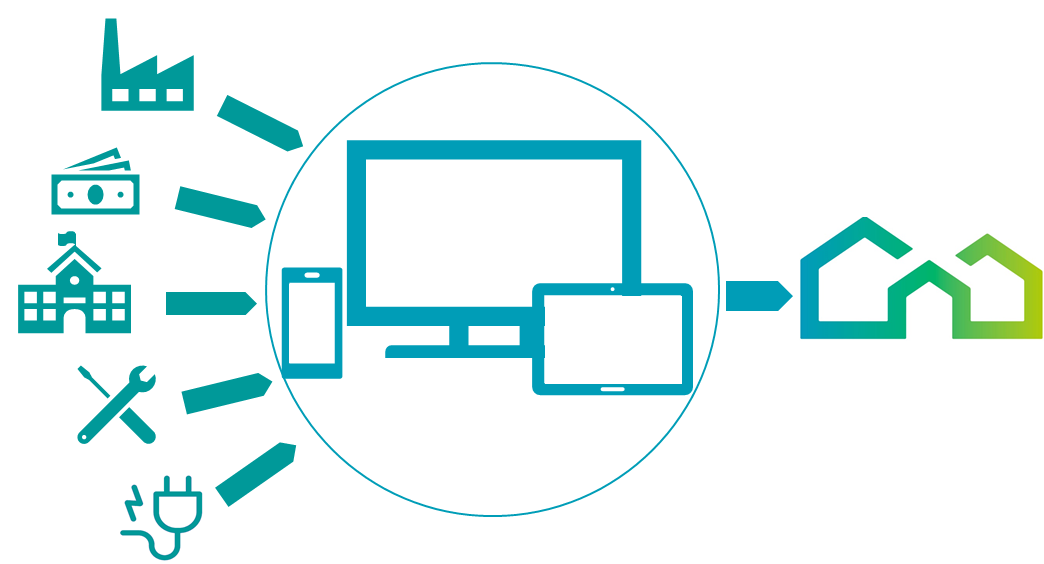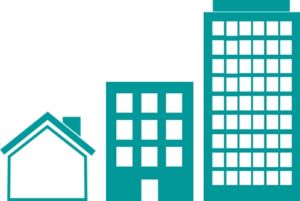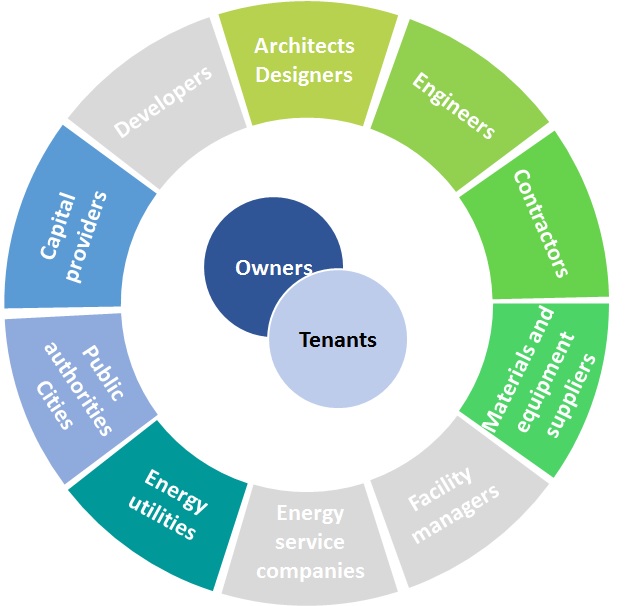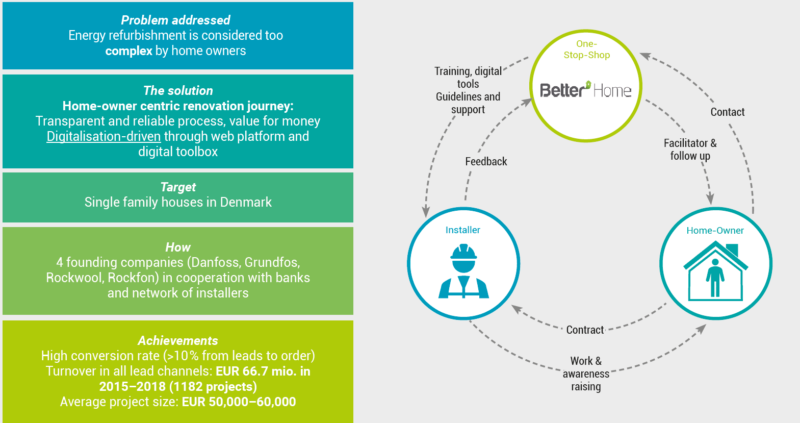One-Stop-Shop supported by digital tools
Description

In this business model the key player is supported by digital tools guiding home-owners as well as designers (or contractors) in the initial planning of the renovation work. The tool usually acts as a guide to optimize the application of the overall retrofitting process by for example collecting all the information related to the initial state of the building to be renovated and the preferences, the needs and desiderata of the building owner. The ICT tool processes the information gathered and suggests an optimised approach to the renovation project.
The main advantage is the possibility to effectively manage the whole process in a comprehensive way. As the idea is very much based on creation and availability of process descriptions, checklists and tools, the maintenance and update of the material are key. It is also highly important to be able to create reliable initial information about the building stock and provide robust initial model. In order to make reliable assessment about the saving potentials in terms of energy and costs, the actors involved must be able to use appropriately the tools for energy performance assessment and be able to make justified conclusions about the savings. Here the quality of the initial information is highly important. In addition, a solid understanding of the users’ behaviour and willingness to commit to energy savings is essential.
An example of this business model is BetterHome in Denmark, an industry-driven one-stop-shop model, which has proven successful in boosting demand for holistic energy renovations in Denmark, since the model was launched in 2014. It was profitable after just three years, with 200 projects in 2016 and is expected to continue its growth. Understanding that renovating a building is a big commitment, this model creates a burden-free experience for the building owner and offers a service that goes beyond replacing building components. The home-owner-centric renovation journey has two main mechanisms: structuring the process for the installers and increasing building owners’ awareness.
Recommendations for replication
While the central aspects of the renovation journey are replicable on most European markets, the model must be adapted to the local context. Applying a similar model in other countries will require a greater focus on quality assurance and an integration of financial support into the model. In Denmark, quality assurance is heavily regulated, including guarantees for the building owners. A more comprehensive quality and compliance scheme is required on most of the other European markets. Furthermore, the available financial subsidy scheme for energy renovations in Denmark is modest and rarely decisive for the building owners’ decision to invest. In countries with substantial public support schemes for energy renovations, this can be incorporated into the business model.
Key factors for replication are:
- Use digital solutions to bring added value to the end-users: BetterHome shows that digital solutions can help the construction industry become more consumer-centric and service oriented. Moreover, with the use of innovative digital tools, building professionals can provide a smoother process, for themselves and for the building owner. Aligning with existing stakeholders on the market, including banks and mortgage providers, creates a constructive win-win situation.
- Structure the supply-side: The success of the home-owner-centric business model can be explained by the advanced service-oriented role of the installers. BetterHome trains and guides the installers on how to approach the home-owner, from the first contact to the finalisation of the process. In support, BetterHome also simplifies and structures the renovation process for the installer, through supportive and innovative digital tools, enabling a better evolution for all involved.
- Build awareness for the end-users: Training the installers in order to sell the broader picture, including benefits (e.g. low interest rates, increase in property value, improvements to health of their children and comfort, as well as climate and environmental benefits). The installer is not just replacing the old building elements, but creating a better living environment.
- Safeguard the good reputation: In Denmark, the four companies behind BetterHome are highly respected and associated with quality. Through the cooperation in BetterHome, the companies have worked together to also raise the reputation of the installers.
"What” (value proposition)
The business model provides the following advantages for the customer:
- Holistic approach to the renovation project, with the support of an ICT tool
- Effective process management – if sufficient initial information is provided
- Automation of the design process via the ICT tool, that supports for the identification of the best technical solutions and interventions to be implemented
- Comprehensive renovation intervention, including correct evaluation from the life-cycle perspective of energy-efficiency and overall costs
- Customer satisfaction monitoring and continuous improvement
"Who” (target customer)

The business model specifically targets private buildings’ owners in the need of renovation and in particular single and multi-family buildings. Other possible building are private office buildings.
"How” (value chain, activities, resources)
The ICT tool supports the key player (designer, contractor) in order to map the main project objectives and to suggest an optimized plan of renovation. This key player needs to be adequately trained. Other involved stakeholders include banks, providing the financing. The One Stop Shop and its ICT tool can be provided by manufacturers of renovation solutions (see BetterHome example), public authorities or energy utilities.

"Why” (revenue model and cost structure)
For the service provider:
- Saved costs and increased profit with the help of well-structured and well managed process
- More efficient sales and thus better profit with the help of effective client profiling, initial data management and well-focused offering.
Better Home example

